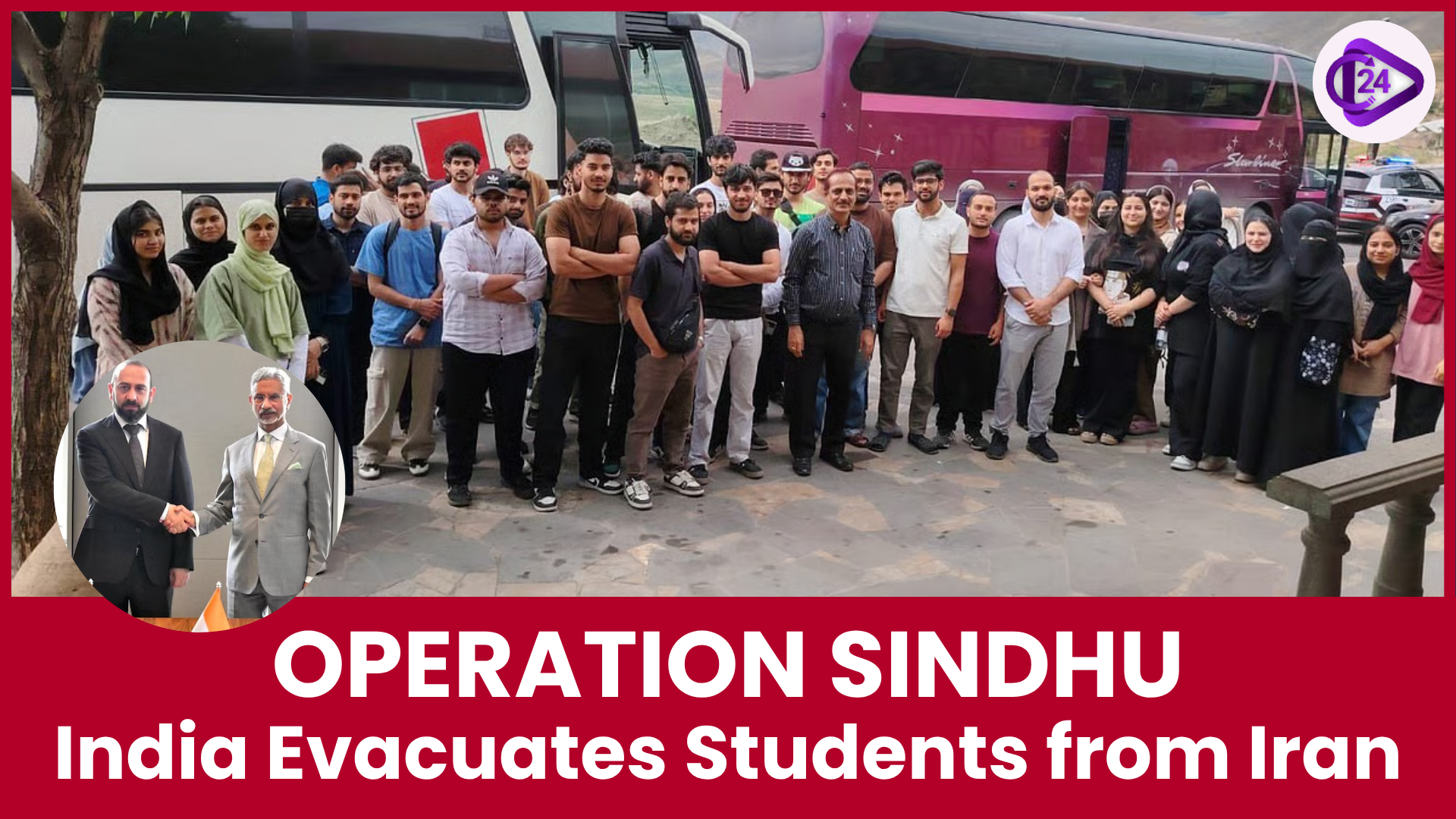
On Wednesday, India initiated the operation Sindhu to rescue Indians trapped in Iran and especially students, who were trapped in the active war between Israel and Iran. Phase-I of the operation was also successful as 110 students have been transferred largely containing students of Jammu and Kashmir to New Delhi. This evacuation was organized in coordination with the Iranian government which provided safe reach to the Indian nationals to Armenia where they were flown to India. But some Indian nationals including pilgrims are left in a stranded position and do not know about the evacuation plans.
Context
-
In a heightening conflict between Israel and Iran the Indian government began a rescue mission known as Operation Sindhu where they brought their nationals back, especially students and pilgrims, safely back.
-
The procedure comes upon the bombing of Tehran and the ensuing difficulties to evacuate the stranded nationals.
Key Points
About Operation Sindhu:
-
Students: The operation was accomplished by evacuating the 110 Indian students, amongst which were 90 Indian students from Jammu and Kashmir and rest belonging to Uttar Pradesh and Karnataka).
-
Safe Passage: The students were transported out of Iran into Yerevan in Armenia through land. They then flew to New Delhi via Doha using a special flight.
Coordination with Iran:
-
Diplomatic Initiatives: Indian Embassy in Iran coordinated their activities with Iranian leaders to provide the security and safety to Indian Nationals in Iran through their evacuation.
-
Hosseini Statement: Mohammad Javad Hosseini who is the Deputy Ambassador of Iran to India said that Iran was ready to help the foreign nationals and would help to evacuate those who want to leave safely.
About Iran-Israel Conflict
-
The rising tension between Iran and Israel has far reaching effects not only on the Middle East alone but on India as well.
-
Considering that India is dependent on energy source imports in the region, has some strategic projects in Iran and has a big diaspora in the region.
-
India has to carefully tread this delicate geopolitical ground and make sure that it protects its citizens, as well as balances its diplomacy.
Reasons that led to conflict
-
Historical connection: The perspective of Iran to be a close ally of Israel to the current opposition since the Iranian revolution of 1979 that established an Islamic Republic.
-
Religious and Ideological Barrier: Ideological and religious dissimilarity between Iran, a Shia Islamic state, and Israel, a Jewish state are strong and this increases the animosity between each state.
-
Iran sponsoring the anti - Israel organizations: The support of Iran to both Hamas and Hezbollah organizations who oppose Israeli activities has led to increased conflict, in addition to the calls made by Iran to have Israel destroyed.
-
Geopolitical Rivalry: Iran and Israel spy on each other in Syria and Yemen, and the opposite parties are involved in regional standoffs.
-
Nuclear Ambitions of Iran: The nuclear ambitions of Iran are viewed as a direct existential threat to Israel which has resulted into military measures to interfere with the nuclear development of Iran.
Impact on India
-
Energy Security Threat: Unstable Strait of Hormuz may jeopardize India, which imports 2 million barrels on a daily basis, cause shortages in supply, rise in energy prices, and inflation, which will negatively affect economic development.
-
Implication to the Indian Diaspora: More than 66 percent of the Indian 1.34 crore NRIs in the Middle East region are on the brink of survival, and this is a priority area of the Indian foreign policy.
-
Strategic Connectivity Disruption: Major projects such as Chabahar port in Iran and India-Middle East-Europe Economic Corridor (IMEC) will be delayed, which will impact the trade and connectivity in the region.
-
Diplomatic Problems: India?s balanced relations with Israel, Iran, and host-Gulf Arab countries may be put to test by jeopardizing its fine diplomatic neutrality in the tense atmosphere.
De-escalation Possible Solutions:
-
Two-State Solution: A long extended truce in Gaza and promise of a two-state solution would give permanent peace because it will guarantee an independent state of Palestine beside Israel.
-
Engagement and Diplomacy: To create trust and negotiations the engagement between Iran and Israel could be achieved with the help of neutral international mediators.
-
Addressing Nuclear Proliferation: Instilling trust in Israel about the nuclear intentions of Iran, as well as reinstating promises to the Joint Comprehensive Plan of Action (JCPOA) would considerably de-escalate tensions.
-
Enhancing Regional Cooperation: This area involves the promotion of regional cooperation through regional bodies including the Arab league or the GCC, which can play a role in promoting regional stability by helping solve joint security concerns.
-
A Road to Normalisation: Iran and Israel might also go down a similar road to normalisation as Israel and the UAE, as well as Israel and Bahrain did to enhance bilateral relations and maintain regional peace.
Conclusion
Operation Sindhu depicts active initiatives by India in getting its citizens evacuated in times of the crisis in Iran, which is a geopolitical issue. Although evacuation of students has been successful within the first phase, there is still the fear of the safety and wellness of other non-student Indians, particularly pilgrims who got stuck. There should also be a sustained diplomacy approach to bring back all its nationals safely.



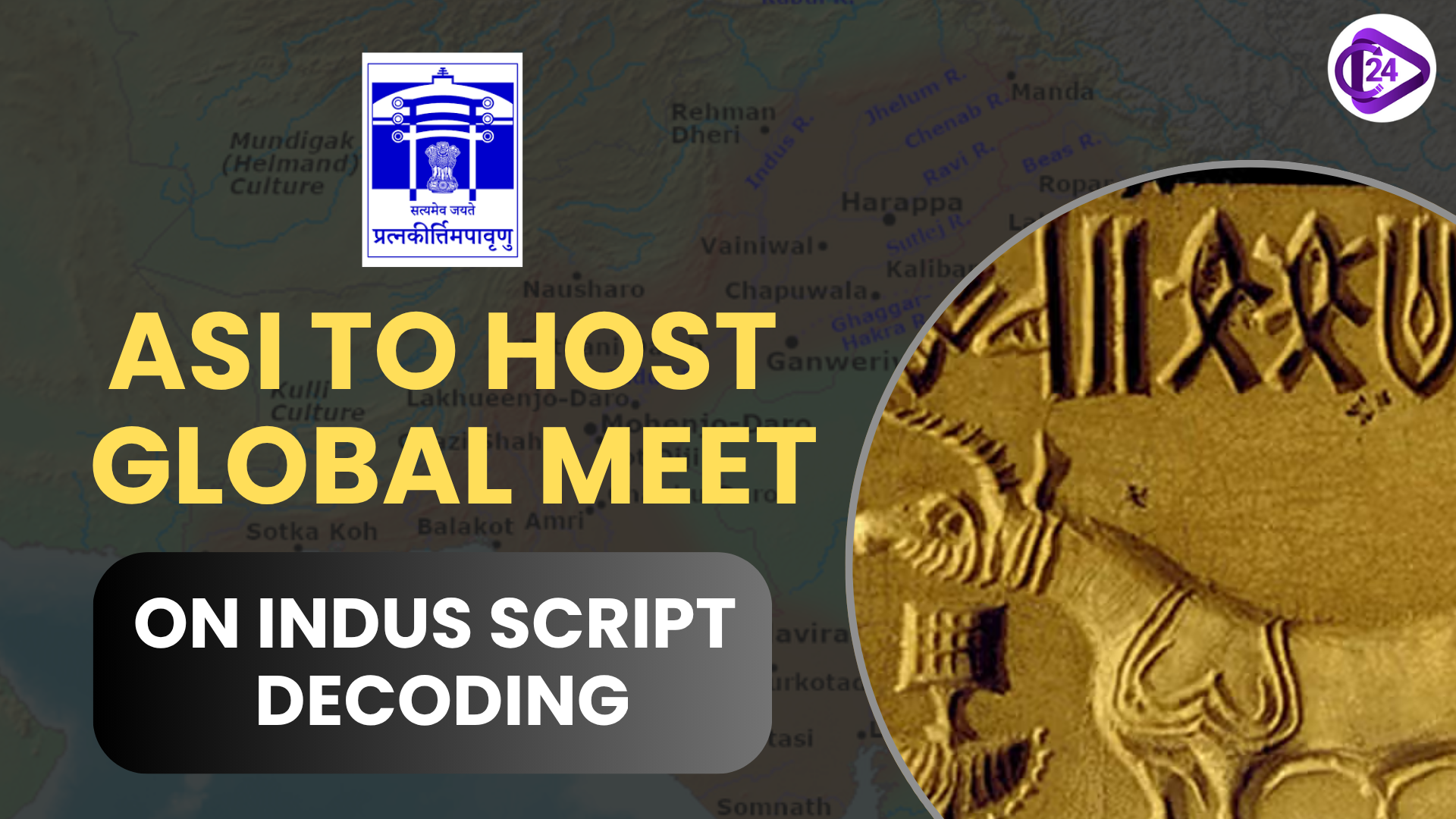 ASI to host International Conference on Breaking Indus Valley Script
ASI to host International Conference on Breaking Indus Valley Script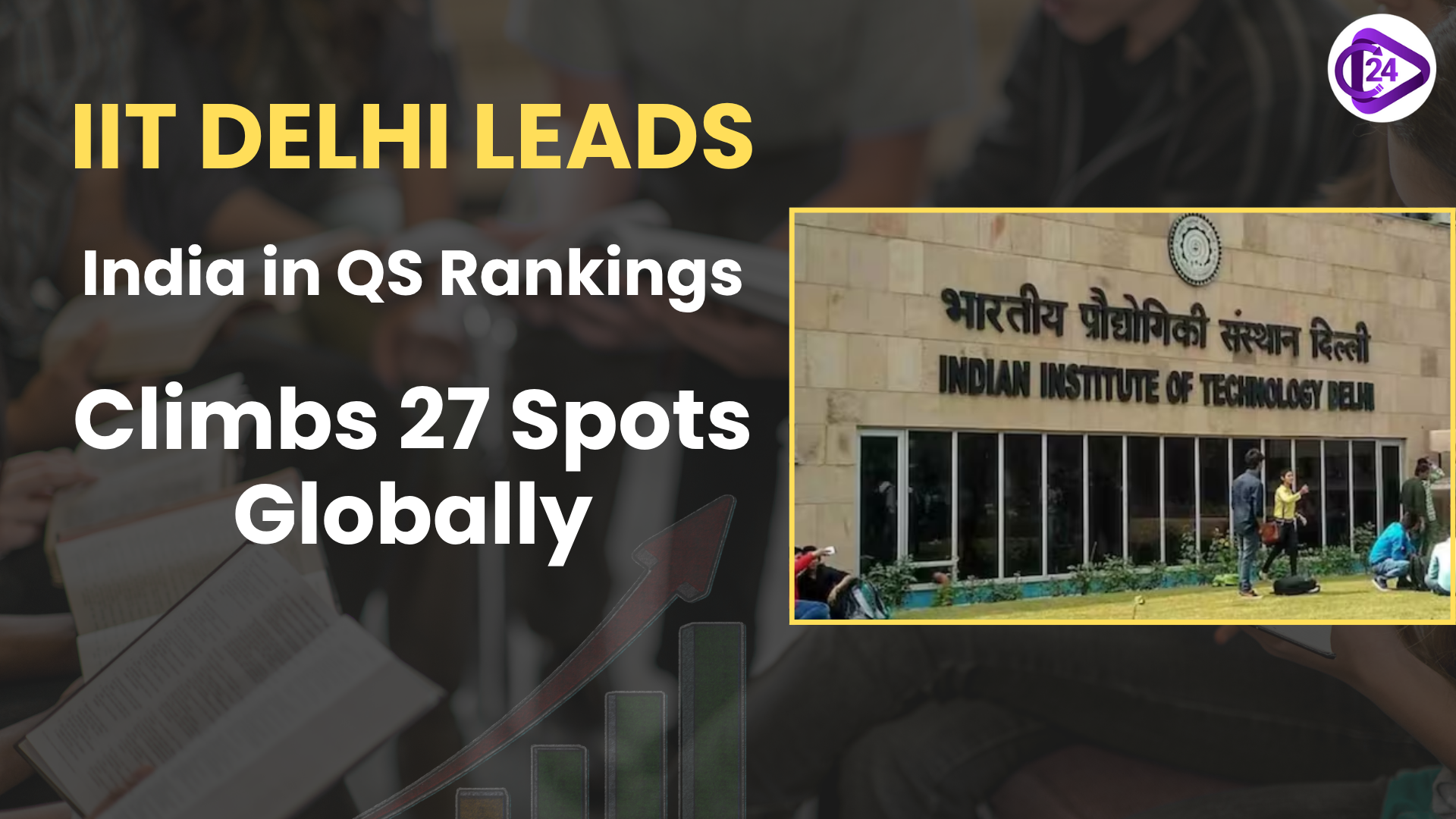 IIT Delhi Tops India’s QS Rankings, Jumps 27 Places Globally
IIT Delhi Tops India’s QS Rankings, Jumps 27 Places Globally Chandigarh Tops School Education Index, Meghalaya Lags Behind: Performance Grading Report
Chandigarh Tops School Education Index, Meghalaya Lags Behind: Performance Grading Report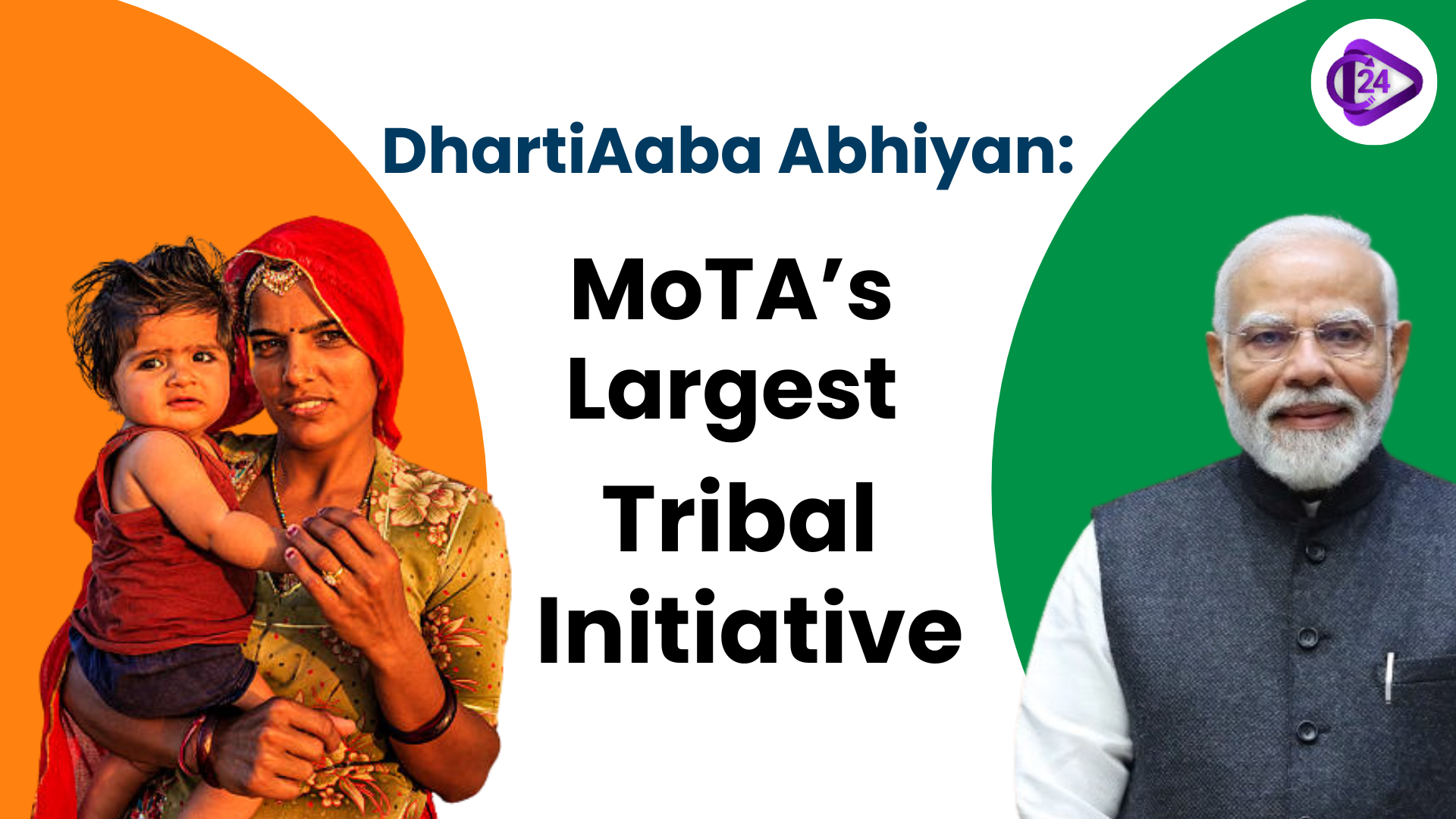 MoTA initiates the biggest tribal empowerment programme- DhartiAaba Janbhagidari Abhiyan
MoTA initiates the biggest tribal empowerment programme- DhartiAaba Janbhagidari Abhiyan India’s 2027 Census: A Landmark Digital Initiative with Caste Enumeration and Technological Advancem
India’s 2027 Census: A Landmark Digital Initiative with Caste Enumeration and Technological Advancem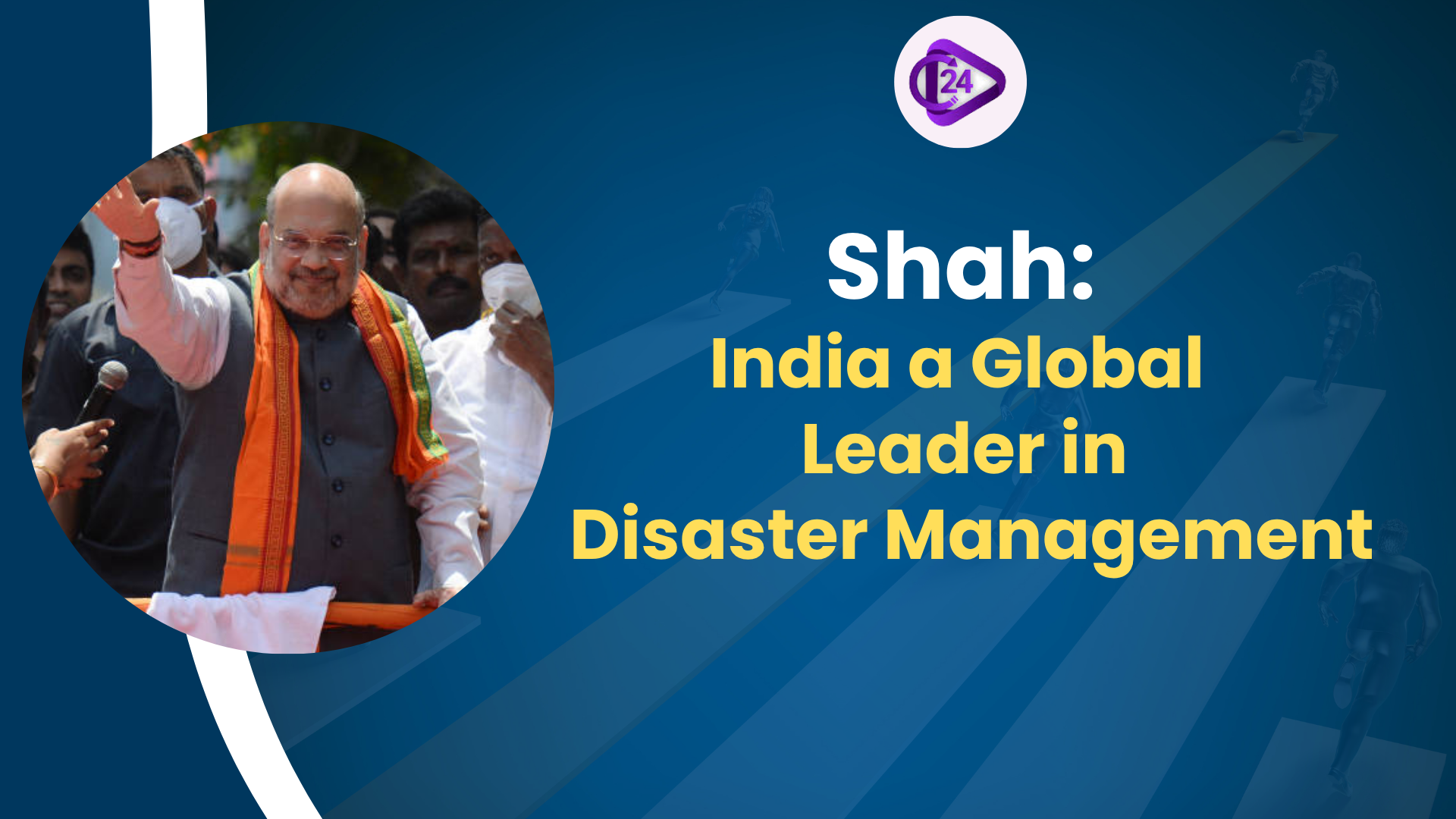 Shah Claims India as Global Leader in Disaster Management
Shah Claims India as Global Leader in Disaster Management PM to Flag Off First Locomotive for Export from Bihar Factory to Guinea
PM to Flag Off First Locomotive for Export from Bihar Factory to Guinea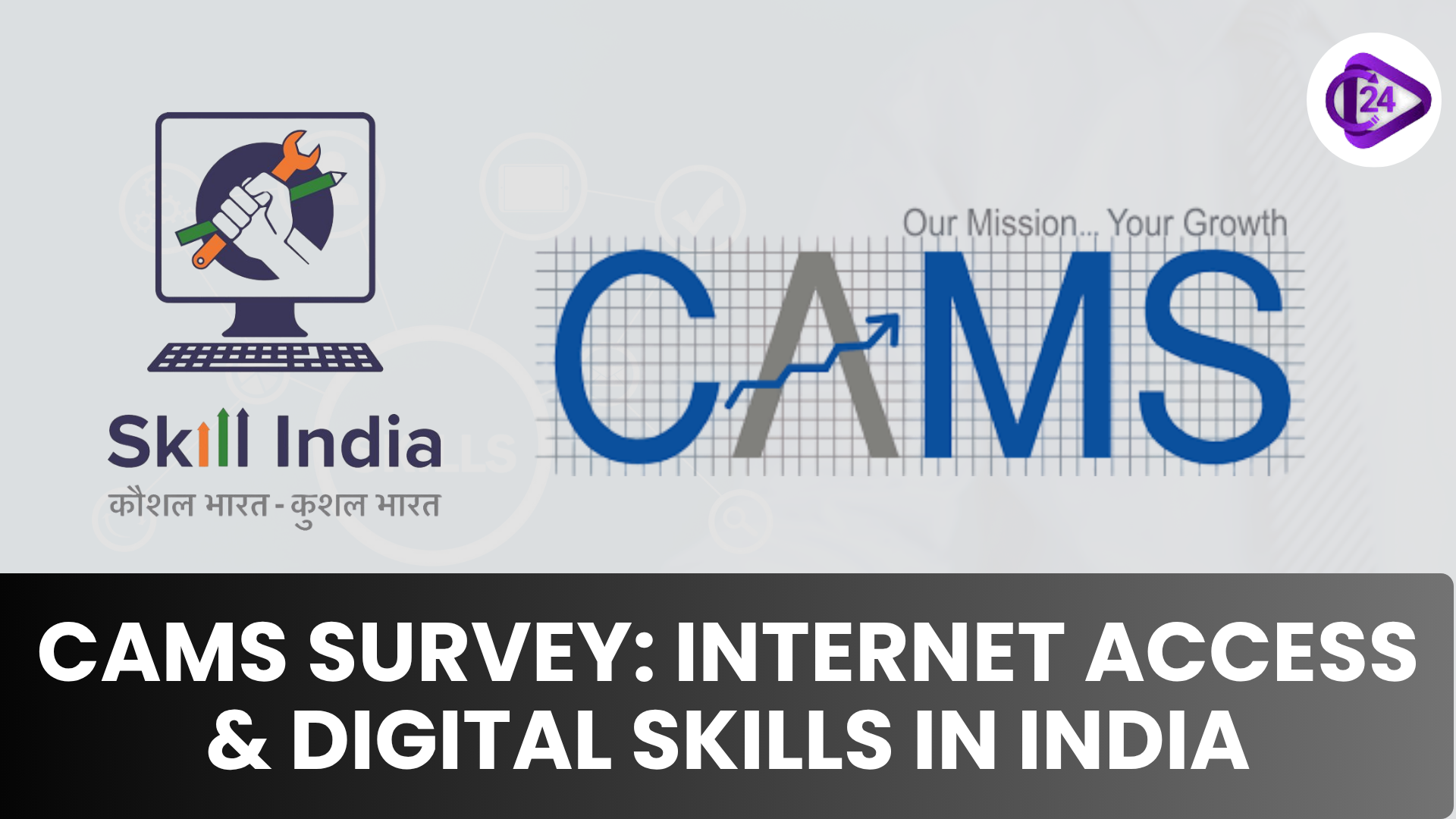 CAMS Survey: Internet Access & Digital Skills in India
CAMS Survey: Internet Access & Digital Skills in India Rajasthan's Cash Plus Model Enhances Early Breastfeeding and Maternal Nutrition
Rajasthan's Cash Plus Model Enhances Early Breastfeeding and Maternal Nutrition






